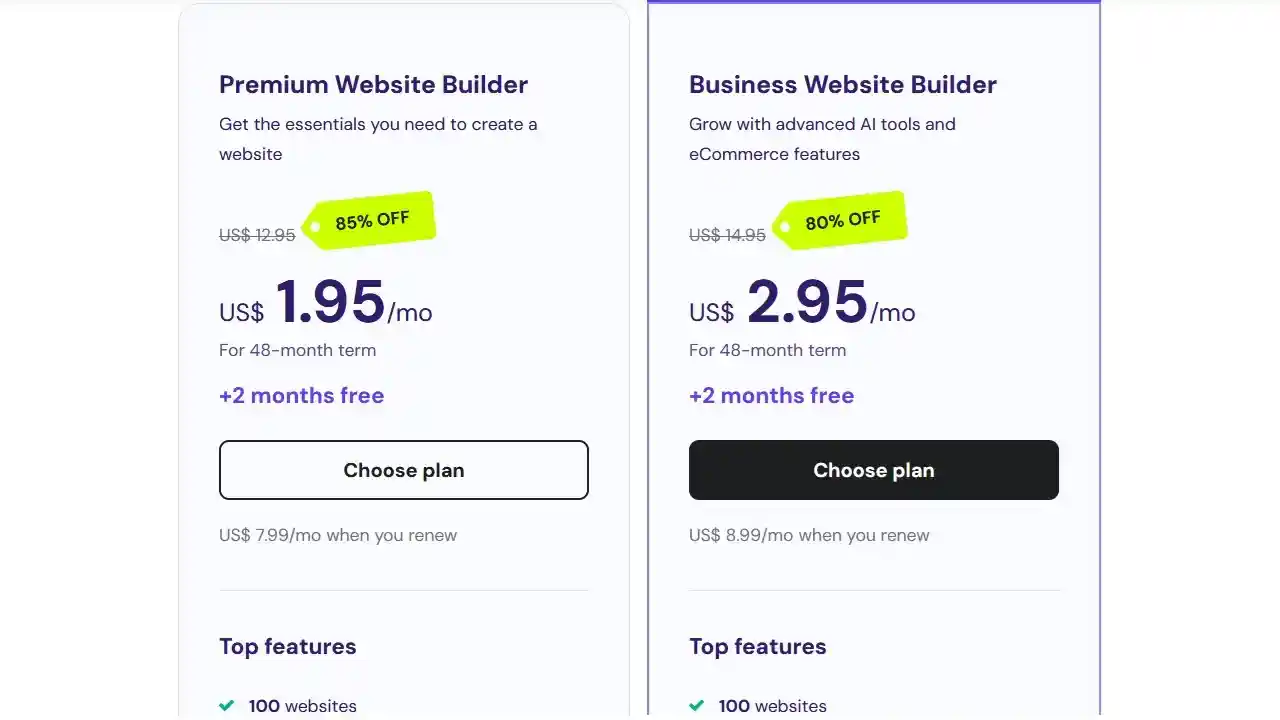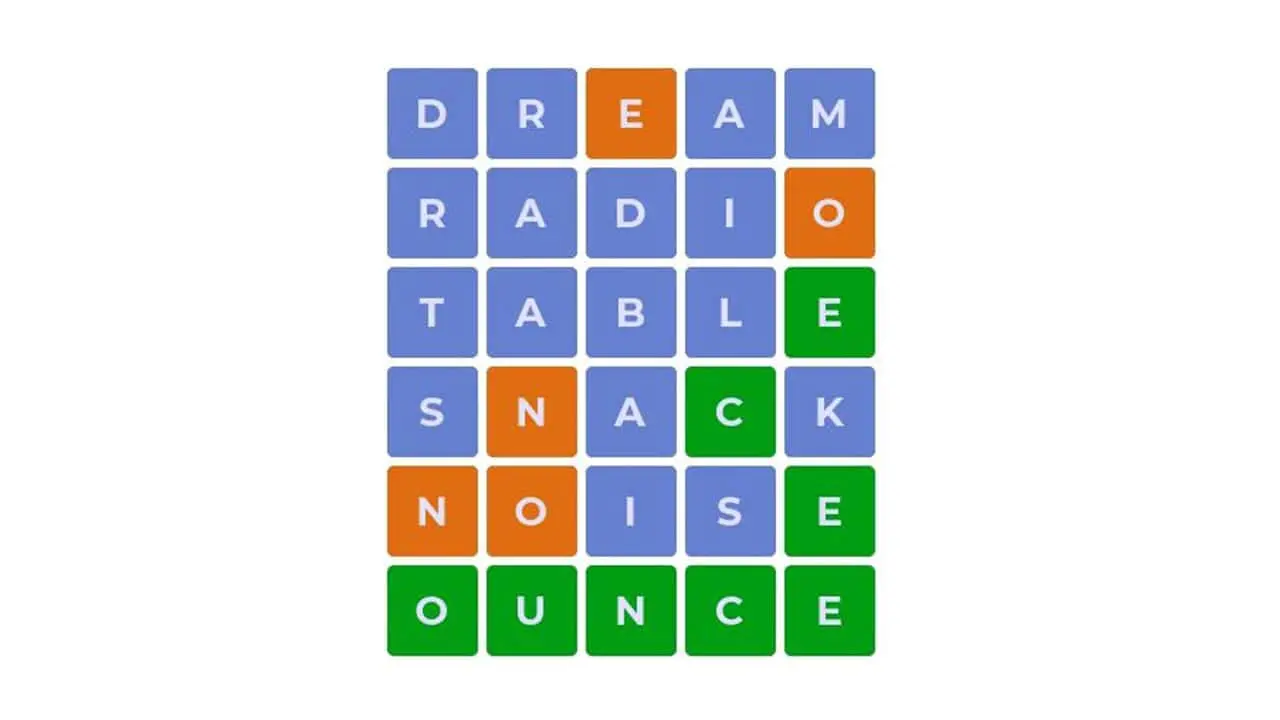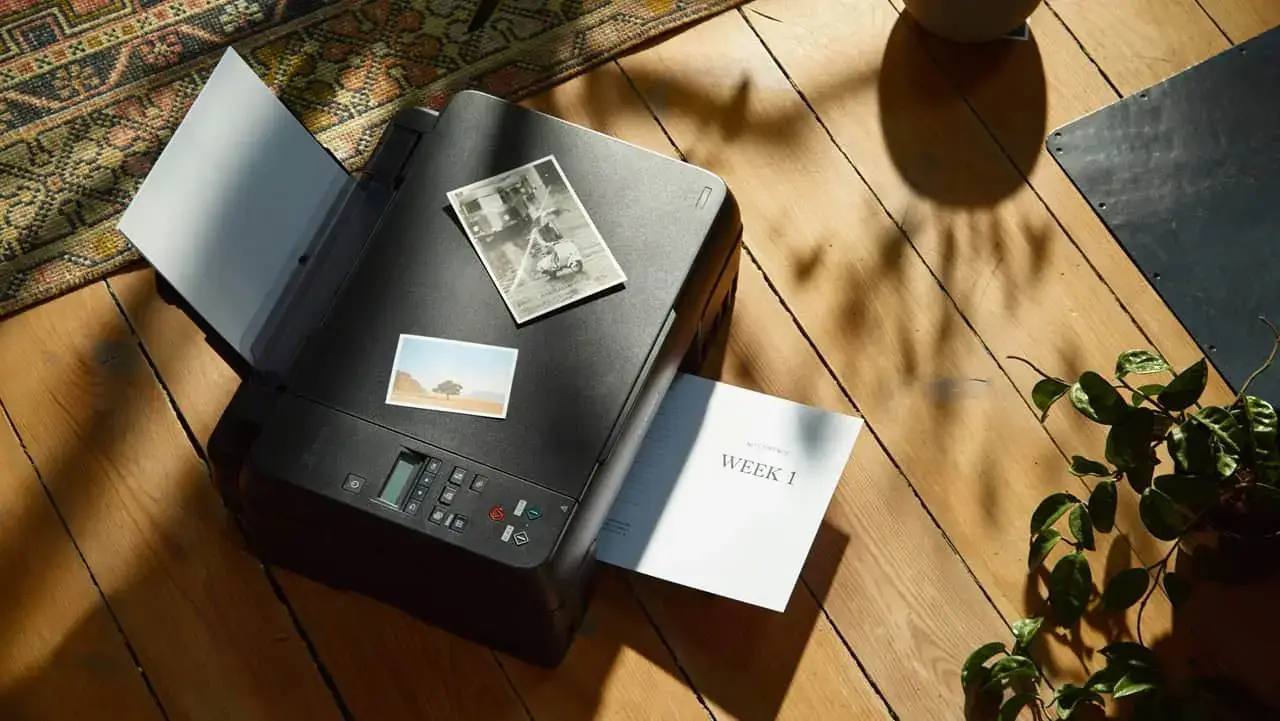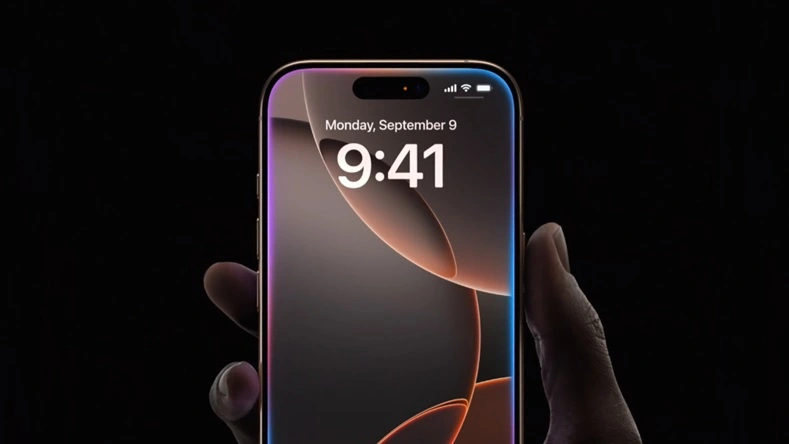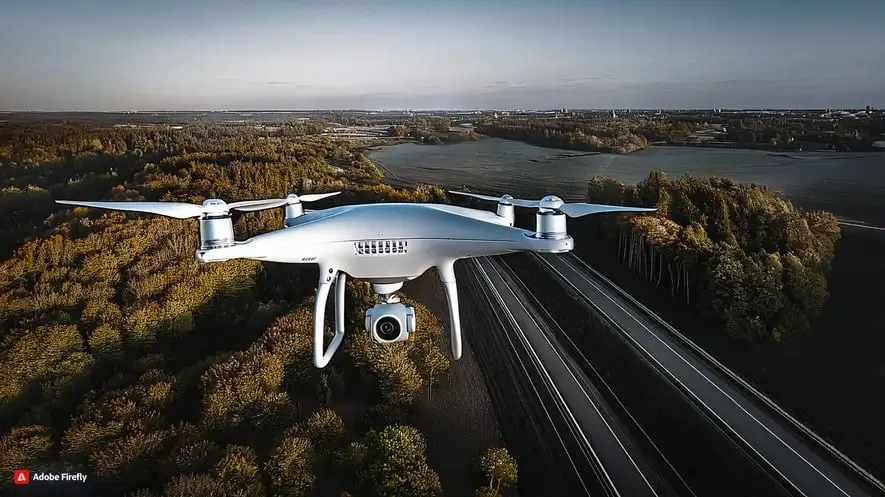
DJI Tiny Neo Drone: A Featherweight Champion in the Sky
DJI has recently introduced a new drone to its lineup that’s making waves not just for its features but also for its size. The DJI Neo is the smallest and lightest drone the company has ever produced. At just 135 grams and 155 millimeters wide, it’s smaller and lighter than even the iPhone 15 Pro Max, which weighs 221 grams. This compact size makes the Neo a strong contender for those who want a portable drone that’s easy to fly and carry, especially for travelers looking to capture some stunning aerial footage.
A Tiny Drone with Big Trade-Offs
Despite its appealing size, the Neo comes with a few trade-offs. The most significant of these is its flight time. The drone can fly for up to 18 minutes on a single charge. However, this is under ideal conditions—calm winds and a stable environment. Given its light weight, the Neo is highly susceptible to wind, which means that its flight time can be considerably reduced in breezier conditions.
Charging the Neo is straightforward. It uses a USB-C connection, and DJI claims it takes about 50 minutes to charge the drone with a 15-watt charger. For those who need to keep their drone in the air for longer periods, there’s an option to buy a charging hub. This hub supports 60-watt charging and can charge three batteries simultaneously in about an hour. This bundle, known as the Fly More Combo, also includes the Neo drone, making it a practical choice for those who want extended flying sessions. This combo is priced at $289.
Easy to Fly, Even Indoors
One of the standout features of the Neo is its ease of use. Due to its small size, it’s incredibly maneuverable. Many users, including myself, have found it enjoyable to fly the Neo indoors. It’s nimble enough to navigate through tight spaces like doorways and under tables. The drone is equipped with built-in propeller guards and offers an optional cage, which helps protect it from minor bumps and crashes, making it quite forgiving for beginners.
The Neo doesn’t have the advanced obstacle detection found in some of DJI’s more expensive drones. However, its protective features make it a good option for indoor flying or for those new to drone piloting.
Camera Performance: Small But Mighty
The Neo comes with a camera that’s surprisingly capable given its size. It features a half-inch image sensor with an f/2.8 aperture, offering 4K video resolution at up to 30 frames per second. For smoother video, you can switch to 1080p resolution and capture footage at 60 frames per second. While this camera performs well for a drone of its size, it doesn’t match the quality of DJI’s higher-end models. The 4K footage is clear but lacks some fine details, and it can struggle with bright conditions, such as sunny skies. Low-light performance is also less impressive, which is expected for a drone of this size.
The Neo includes several intelligent flight modes like subject tracking and object circling. One unique feature is its ability to fly without a traditional controller. By pressing a button on the drone, you can activate a flight mode that lets the drone take off from your palm. This feature is handy for those who want to travel light without carrying a bulky controller.
Storage and Connectivity
The Neo offers 20GB of internal storage, which should be sufficient for most casual users. Unfortunately, it lacks expandable storage options, so you’ll need to manage your footage carefully. On the connectivity front, the drone can be controlled through voice commands or via the DJI Fly app on your smartphone using a direct Wi-Fi connection. It also supports audio recording through your phone’s built-in microphone, which DJI overlays onto your video footage. This feature helps eliminate the distracting sound of the drone’s propellers in your recordings.
DJI Neo vs. HoverAir X1
The DJI Neo is entering a competitive market where the HoverAir X1 has already gained popularity. Both drones are designed with ease of use in mind, particularly for recording social media content. The Neo, priced at $199, is significantly cheaper than the $350 HoverAir X1, but it offers comparable functionality. Like the X1, the Neo is easy to operate and doesn’t require a controller for basic flight modes. It can perform predefined flight patterns like follow mode, hover, and orbit, and it lands back in your hand with minimal hassle.
One advantage of the Neo over the X1 is its return-to-home feature, which adds an extra layer of security by ensuring the drone returns to its starting point if the battery gets low or if it loses connection. While the Neo doesn’t have the X1’s portrait video mode, it compensates with better video quality and a longer battery life.
Features and Accessories
The Neo can be paired with DJI’s RC-N3 Remote Controller, available separately for $129. This controller extends the drone’s flying range and improves its ability to capture panoramic shots. For those interested in first-person view (FPV) flying, the Neo can also connect to DJI’s latest goggles and motion controllers, though it’s not compatible with older models. For immersive FPV experiences, DJI’s Avata Explorer Combo remains a better choice.
In terms of accessories, the Neo’s Fly More Combo includes the drone, three batteries, and a USB-C charging hub, priced at $289. This bundle is perfect for extended flying sessions and provides good value for those who want to maximize their drone’s usage.
A Drone for the Masses
DJI’s Neo is clearly designed with affordability and accessibility in mind. At $199, it’s a competitive option for those new to drone flying or for casual users who want a compact, easy-to-use device for capturing aerial footage. It offers a good balance of features and performance, making it a compelling choice for a wide range of users.
While it may not replace DJI’s more advanced models for professional-grade footage, the Neo provides a fun and practical solution for capturing everyday moments and sharing them online. Its lightweight design, ease of use, and reasonable price point make it a likely candidate to become a popular choice among selfie drone enthusiasts and hobbyists alike.
In summary, DJI’s Neo drone is poised to become a significant player in the drone market. Its combination of portability, ease of use, and affordability is likely to appeal to a broad audience, from beginners to casual users. With its global launch, the Neo is set to make a splash and might even inspire other companies to innovate further in the world of compact and accessible drones.
